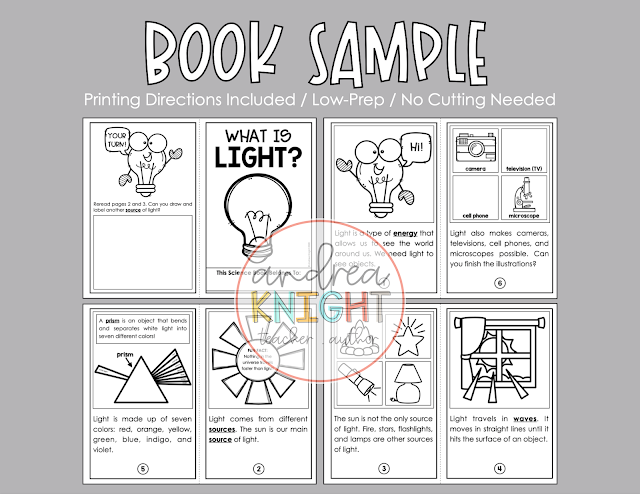Nothing in the universe travels faster than light. (Rumors born in faculty meetings might be a close second, but light wins.)
It's easy to get kids engaged in the study of light. There are loads of investigations that spark anticipation and wonder ... some even feel like magic to young scientists. Like, Why does that perfectly good straw look broken?
And, How can we pop a balloon without even touching it?
You can also DIY a little laser light show in your classroom with a can of Lysol and a cat toy! (Any aerosol spray will work, but why not kill a few germs at the same time?)
To do this, darken the room and spray the Lysol for a few seconds. You should basically see nothing. Now do it again, but this time aim the laser light into the path of the spray. As the beam of light reflects off the moisture in the Lysol, you'll probably hear "Cool!" and "Can we try it now?"
TIP: The darker the space, the better the results.
❤️ If you can get enough laser/aerosol donations, students can work in small teams of 2-4 and together you can create quite a show!
(Cat Lasers Purchased at Walmart)
If you're planning a unit on light and sound and need a few more ideas for your lessons, check out this Pinterest board: Light and Sound Science. You'll find so many great ways to support your instruction with videos, books, integrated projects, and more.
Aligned with NGSS for first grade, the lessons and activities in this resource are ready to print and use. It includes nonfiction books for children, hands-on investigations, key vocabulary posters, game cards, and more. You can preview it HERE.
You might enjoy this related blog post: The Science of Sound.
Happy teaching!









No comments:
Post a Comment